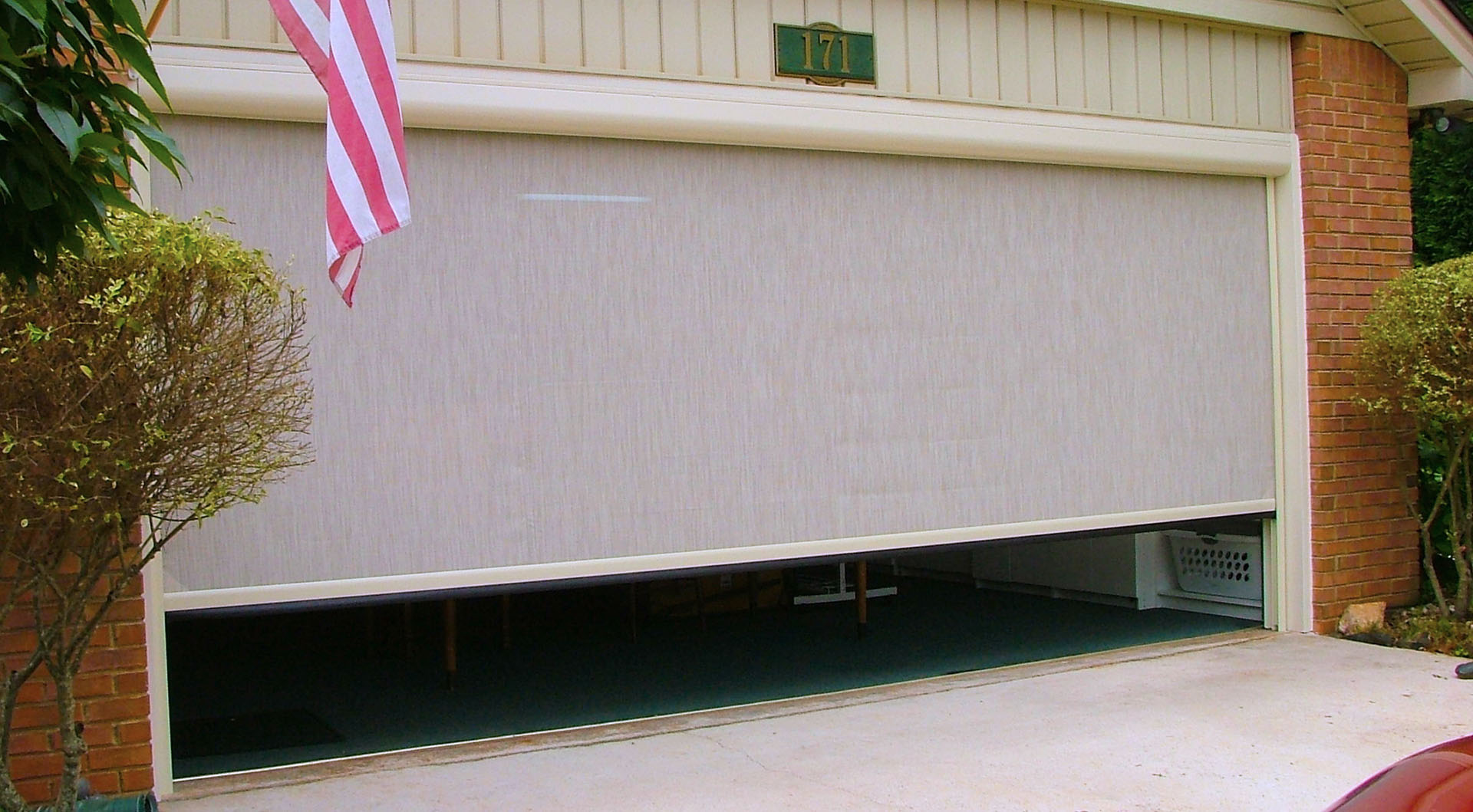How to Choose the Right Hurricane Fabric for Your Home

Hurricane fabric is a flexible and lightweight option for protecting your home’s windows and doors during a storm. Unlike traditional hurricane shutters or panels, hurricane fabric can be easily installed and stored, making it a convenient choice for homeowners. In this blog post, we’ll guide you through the process of choosing the right hurricane fabric for your home, considering factors like material, installation, and protection level.
Understanding hurricane fabric
What is hurricane fabric?
Hurricane fabric is a high-strength, woven material designed to cover and protect windows, doors, and other openings during a hurricane. Typically made from polypropylene or PVC-coated polyester, this fabric is engineered to absorb and deflect the impact of windborne debris while allowing some flexibility to prevent cracking or failure.
How hurricane fabric works
When properly installed, hurricane fabric creates a tensile shield that distributes the force of impacts over a wider area. This prevents objects from penetrating the home’s envelope and helps maintain interior pressure, reducing the likelihood of structural damage like roof lift-off.
Benefits of hurricane fabric
Unlike rigid shutters or panels, hurricane fabric is lightweight, easy to handle, and transparent enough to allow natural light in. It doesn’t rust or corrode, making it ideal for homes in Clearwater, Tampa Bay, and other coastal Florida communities.
Choosing the right material
Polypropylene fabric
Polypropylene hurricane fabric is UV-resistant and mildew-resistant, making it a good fit for Florida’s humid climate. It’s lightweight, durable, and affordable, offering dependable protection for residential use.
PVC-coated polyester fabric
PVC-coated options feature an extra protective layer for abrasion resistance and extended lifespan. Though slightly heavier than polypropylene, they’re better suited for high-wind zones or homes with oversized windows and doors.
Customizable options
Hurricane fabric comes in different weights, weaves, and impact ratings. Choose a fabric based on local code requirements and the level of storm exposure your home experiences, especially if you live in Exposure C or D zones along the Florida Gulf Coast.
Installation considerations
Attachment methods
Fabric can be mounted using grommets with bolts, straps, or clip systems. Choose an attachment method that works for your window or door frame type. Grommets with permanent anchors are the most common and code-compliant method in Pinellas County.
Professional installation vs. DIY
DIY kits are available, but professional installation ensures accurate measurements and secure mounting. In Clearwater or Tampa Bay, hiring licensed installers helps meet local code and maximizes insurance savings.
Custom sizing and fit
No two homes are alike. Have your hurricane fabric custom-cut for your window and door openings to ensure a snug fit. Custom solutions prevent wind from getting behind the fabric and lifting it during a storm.
Level of protection
Wind resistance
Look for hurricane fabrics tested to withstand 150+ mph winds in accordance with ASTM E1996. This level of resistance is critical for homes along Florida’s west coast.
Impact resistance
Choose fabrics certified to pass large missile impact testing (ASTM E1886), which simulates flying debris. This is particularly important if you’re replacing plywood panels or want a higher level of safety than standard screens.
Water resistance
Though not waterproof, hurricane fabric reduces wind-driven rain intrusion. Proper edge sealing and tensioned installation help minimize water seepage during long-lasting storms.
Maintenance and storage
Cleaning and care
After each use or at least annually, rinse the fabric with soapy water and a soft brush. Allow it to fully dry before storage to avoid mold and mildew, especially in high-humidity areas like Clearwater.
Proper storage
Store fabric panels rolled—not folded—to prevent creasing. Keep them in a cool, dry place away from sunlight. Label each piece with its designated location (e.g., Master Bedroom Window) for quick deployment.
Regular inspections
Check for frayed edges, grommet wear, and fading before each storm season. Re-coat or replace any panels that show deterioration to ensure optimal protection.
Frequently asked questions
Can hurricane fabric replace storm panels or shutters?
Yes. Hurricane fabric is a code-approved alternative to traditional shutters in Florida and offers many of the same impact protection benefits.
How long does hurricane fabric last?
With proper care, most hurricane fabrics last 10–15 years. Longevity depends on the material, installation method, and local environmental conditions.
Does hurricane fabric block light completely?
No. One advantage of hurricane fabric—especially polycarbonate mesh styles—is that they allow some natural light in, unlike plywood or aluminum shutters.
Contact RollShield today
Need help selecting the right hurricane fabric for your home in Clearwater, Tampa Bay, or beyond? Let RollShield guide you with tailored solutions and expert installation.
➡️ Contact RollShield for expert advice and installation
📞 Call us at (727) 451-7655
🌐 Visit RollShield.com
Related links
- Hurricane Fabric – RollShield
- Storm Panels – RollShield
- Impact Windows – RollShield
- Hurricane Fabric vs. Metal Panels: Which is Right for Your Home?
- How Hurricane Fabric Can Protect Your Home During Storm Season
- The Benefits of Installing Colonial Shutters for Storm Protection
